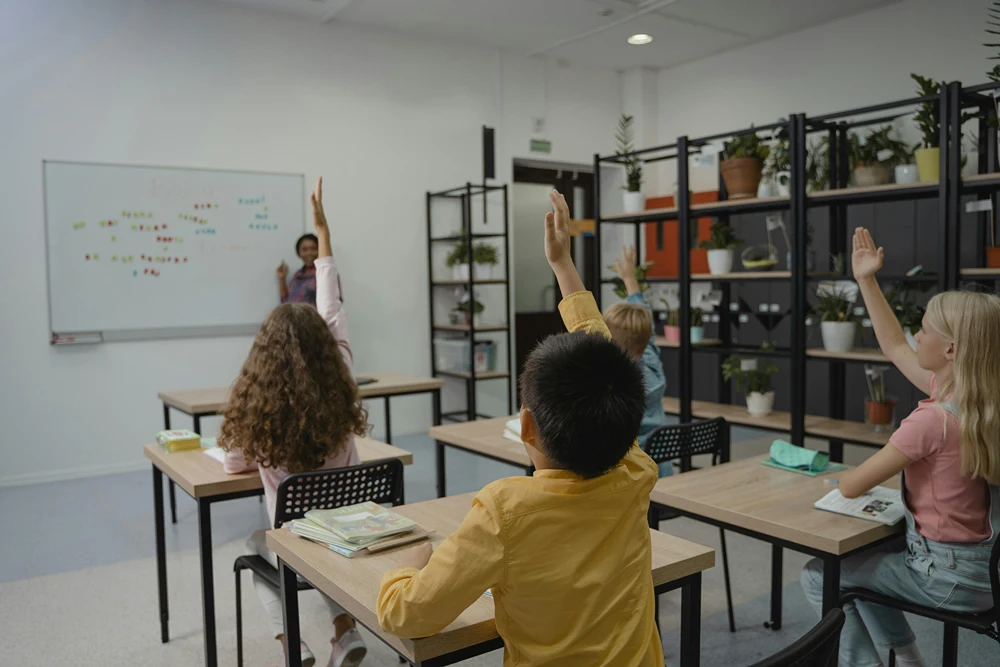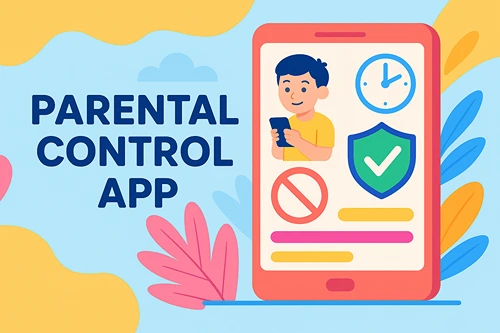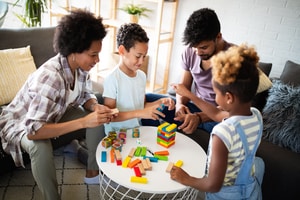The Dangers of Ephemeral Content: What Every Social Media User Needs to Know
Content that disappears has become the new normal on social media. Yet it remains a blind spot for many users across various platforms. From Snapchat’s vanishing messages to Instagram Stories that last just 24 hours, ephemeral content has transformed how we communicate online.
With over 500 million users engaging with Instagram Stories daily, ephemeral content has become the new attention currency and this trend shows no signs of slowing down. But behind the fun filters and temporary posts lies a complex web of safety risks that every user should understand. Parents should also be aware.
Definition: It’s a word not often used. Ethereal means something that only lasts for a short time. Online, it’s digital material that automatically disappears after a set period, typically 24 hours.
What Makes Ephemeral Content Different
Unlike traditional social media posts that remain visible indefinitely, these temporary messages, photos, and videos create a sense of urgency and exclusivity. The ephemeral nature creates a sense of urgency and exclusivity, driving users to engage with content immediately.
The appeal is undeniable. Ephemeral content feels more authentic and less polished than permanent posts. It encourages spontaneity and reduces the pressure of maintaining a perfect online image. For young people especially, it offers a way to share moments without worrying about building up an embarrassing digital history.
The False Sense of Security
Here’s where the danger begins: disappearing content creates a false sense of privacy and safety. As messages can disappear on Snapchat after they’ve been viewed, this can create a false sense of security and anonymity, potentially emboldening users and encouraging risky behavior, such as sending sexually explicit messages or images.
Users may believe that because content vanishes, it’s truly gone forever. This misconception leads to sharing content they would never post permanent intimate photos, personal information, or messages they might later regret. The reality is far different.
The Screenshot Problem
The most significant vulnerability of ephemeral content is simple yet devastating: screenshots. Snaps are designed to delete by default, but people that you send Snaps to can still take a screenshot or take a picture of the Snap with another device.
While platforms like Snapchat do notify users when someone screenshots their content, this notification comes too late—the damage is already done. Any risqué, embarrassing or harmful message sent to a peer can be sent around and shared with dozens of friends without the sender even knowing. Even worse, third-party apps and screen recording software can bypass screenshot notifications entirely, capturing content without the sender’s knowledge.
For young people, this creates a particularly dangerous situation. A private moment shared with a trusted friend can become public in seconds. Screenshots can be used for cyberbullying, harassment, or even blackmail. Intimate photos, once captured, can follow someone for years, affecting relationships, educational opportunities, and mental health.
Identity and Self-Presentation Challenges
As social media posts accumulate, there is a growing worry among users that the long-term visibility of historical information may damage their self-image and pose a threat to future interactions. Ephemeral content was partly designed to address this concern, allowing users to share without building a permanent digital footprint.
However, this creates its own problems. Young people are still developing their identities, and ephemeral platforms encourage rapid-fire sharing without thoughtful consideration. Content may disappear from the platform, but the psychological impact on both sender and receiver can be lasting. Comments made in haste, images shared without thinking, or words spoken in anger don’t simply vanish from memory when they disappear from a screen.
The Predator Problem
The heavy emphasis on anonymity and disappearing content allows predators to target, groom, and manipulate young victims, especially as evidence of their interactions quickly disappears unless screenshotted or recorded.
This is perhaps the most serious concern with ephemeral content. Predators exploit the disappearing nature of these platforms to communicate with minors, knowing that their grooming attempts will automatically erase. Without a permanent record, it becomes harder for parents, authorities, or even victims themselves to identify and report dangerous behavior.
The anonymity features that make these platforms feel safe actually create cover for those with malicious intent. Creating fake accounts is remarkably easy, and the temporary nature of content makes it difficult to build a case against abusers.
Sextortion and Exploitation
Between 2021 and 2023, more than 13,000 sextortion cases involved minors, mostly male teenagers. Sextortion occurs when someone threatens to share intimate images unless the victim provides more explicit content or money.
Ephemeral platforms are particularly vulnerable to this crime. Young people may feel comfortable sharing intimate content because they believe it will disappear. Criminals capture this content and use it for blackmail. The victim’s initial assumption of privacy becomes the very thing used against them.
Platform Responses
Social media companies are beginning to address these concerns. Instagram has blocked disappearing stories from being accessed through web browsers, where they could have been recorded easily and the platform now automatically blurs nude images in direct messages sent to teen users.
Snapchat has introduced Family Center, allowing parents to see their teen’s friend list and who they’ve been communicating with, though not the content of messages. These are positive steps, but they don’t eliminate the fundamental risks of ephemeral content.
Tips for Navigating Ephemeral Content
For parents, education is the first line of defense. They should also utilize parental monitoring, including but not limited to installed parental controls. These won’t show message content but can help monitor who your child is connecting with.
Whether you’re a teenager or an adult using ephemeral content, some principles apply universally. Assume everything is permanent. Content can be stored on various servers for certain periods of time, and it’s also possible for people to take screenshots or save content that includes sensitive or private information.
- Understand privacy settings. Take time to review who can see your content, who can contact you, and whether your location is being shared. Ghost Mode exists for a reason—use it.
- Be skeptical of the urgency factor. Ephemeral content thrives because people crave urgency, unpredictability, and exclusivity. Don’t let FOMO push you into sharing content you’re not comfortable with.
- Report concerning behavior immediately. If someone is pressuring you for inappropriate content or making you uncomfortable, use the platform’s reporting tools and tell a trusted adult.
- Remember that context matters. Even innocent content can be manipulated when taken out of context. A photo that seems funny to you might look very different when cropped, captioned differently, or shared in another setting.
The Broader Digital Literacy Issue
The risks of ephemeral content point to a larger need for comprehensive digital literacy education. Understanding how technology works, what happens to our data, and how to protect ourselves online should be as fundamental as learning to read and write.
Young people need to understand that their digital actions have real-world consequences. The temporary nature of ephemeral content can make online interactions feel like they don’t matter, but they do. Relationships are built or destroyed, reputations are created or damaged, and futures can be helped or harmed by what we share—even when we think it’s disappearing.
Moving Forward Safely
Ephemeral content isn’t going anywhere. Its popularity continues to grow, and new features are constantly being added to make these platforms even more engaging. The key is learning to use them wisely.
For parents, this means staying informed about the platforms your children use and maintaining open communication about online experiences. For users of all ages, it means thinking before sharing and understanding that “temporary” doesn’t mean “safe.”
The disappearing act of ephemeral content is powerful and appealing, but it shouldn’t make us disappear into complacency about online safety. By understanding the risks and taking proactive steps to protect ourselves and our families, we can enjoy the creative and social benefits of these platforms while minimizing the dangers they present.










